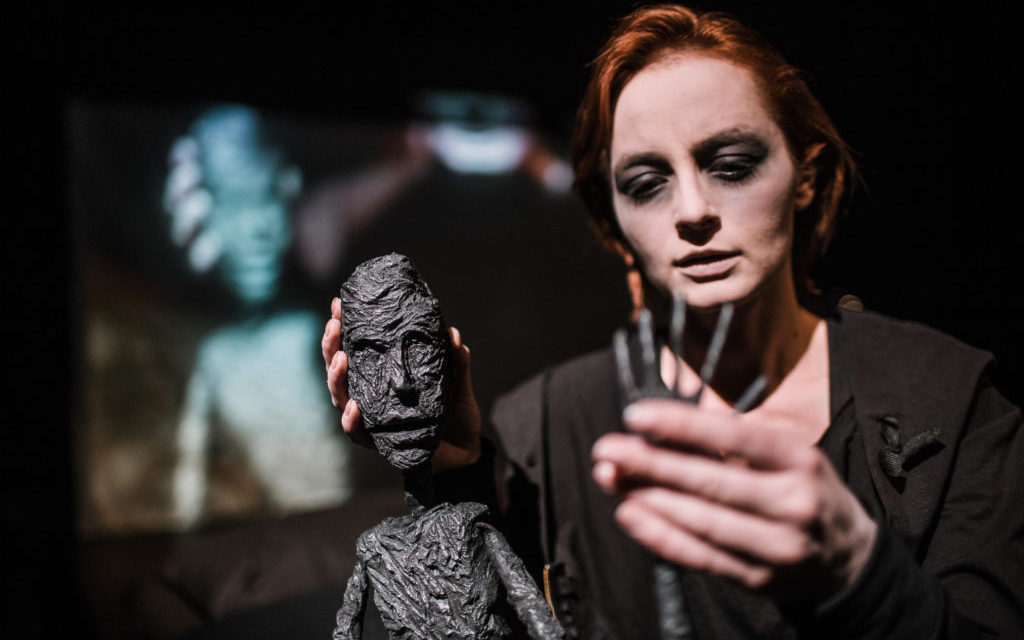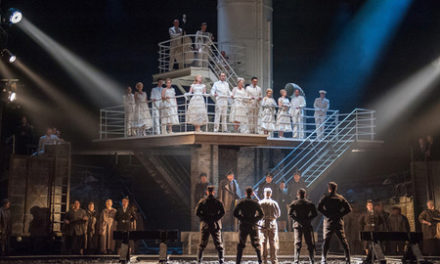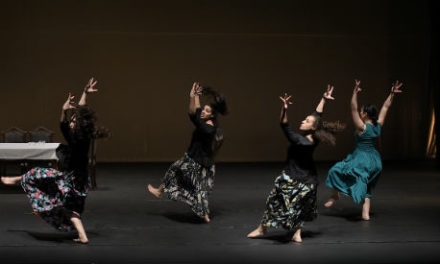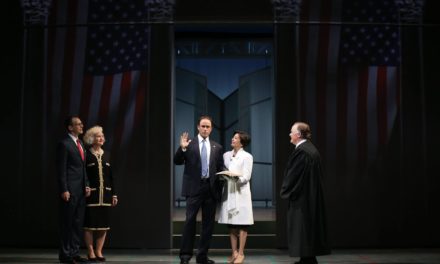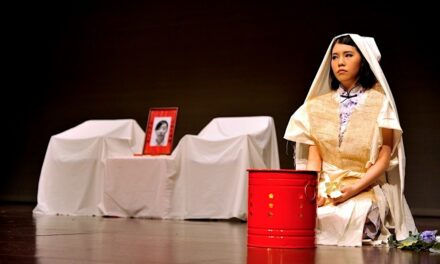During Tadeusz Kantor’s lifetime (1915-1990), his singular performances found their way to many different and disparate spaces as they reached—and made a powerful impression on—audiences worldwide.
Kantor’s earliest theatre productions took place in secret while Kraków was under Nazi occupation, in private apartments among fellow artists and friends. Polish audiences would later witness other works by Kantor and his Cricot 2 company in several spaces around that city—from a basement at 5 Kanonicza Street to the Krzystofory Gallery—as well as the Foksal Gallery in Warsaw.
Greater recognition for Kantor’s visual art would take him as far as New York, where in 1965, as a fellow of the Ford Foundation, he met with Pop Artists and experienced Happenings. In the early 1970s, Cricot 2 toured to France and Scotland, where at Edinburgh, its production of Stanisław Ignacy Witkiewicz’s The Water Hen (Kurka Wodna) brought the company international acclaim.
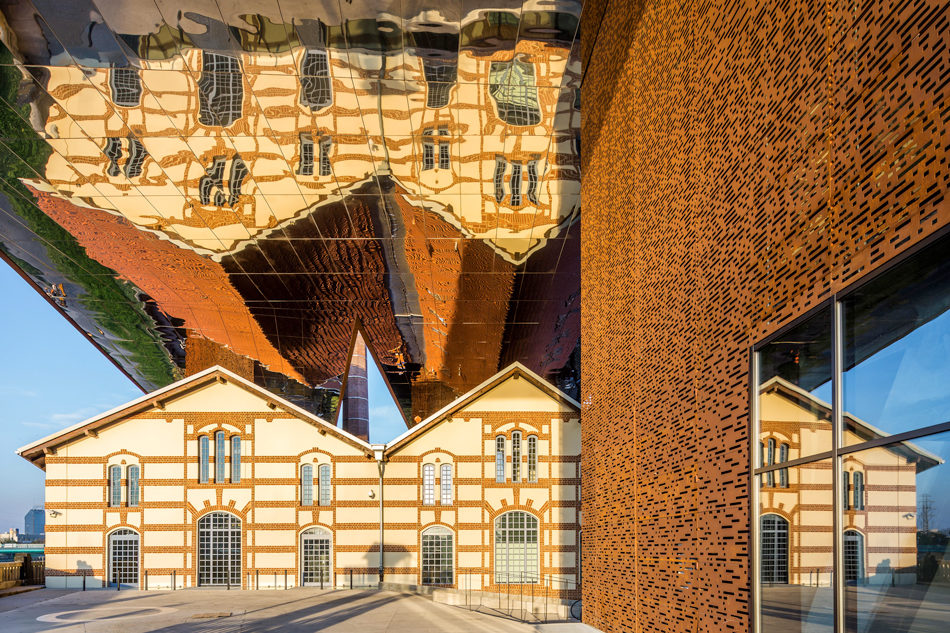
View of Cricoteka, the Centre for the Documentation of the Art of Tadeusz Kantor, Kraków. (Photo credit: Jakub Certowicz)
It was Kantor’s remarkable and renowned Dead Class (Umarła Klasa), however, that would find a welcome home at festivals and theatres around the world. The production saw 1,700 performances across Europe and from places as far as Shiraz, Iran; Toga, Japan; and New York, where its performance at Ellen Stewart’s LaMaMa Experimental Theatre Club garnered it a 1979 Obie Award.
It would take until 2014, however, for Kantor’s own theatre to be established in Kraków. This was, of course, a near quarter-century after the artist’s death, as Bogdan Renczyński, who acted with Cricot 2, commented with a warm, ironic humor on a recent visit to Cricoteka, the Centre for the Documentation of the Art of Tadeusz Kantor.
Cricoteka technically attributes its founding, previously known as the Centre of the Cricot 2 Archive, to 1980 under Kantor himself at Kanonicza Street. It distinctive new building, however, imposes from the structure of an old power plant at Nadwiśańska Street, along the Wisła River, in Kraków. The building’s design and construction process—sponsored by the Małopolska Regional Operational Programme and helmed by IQ2 Consortium, Wizja Company, and nsMoonStudio—was documented online.
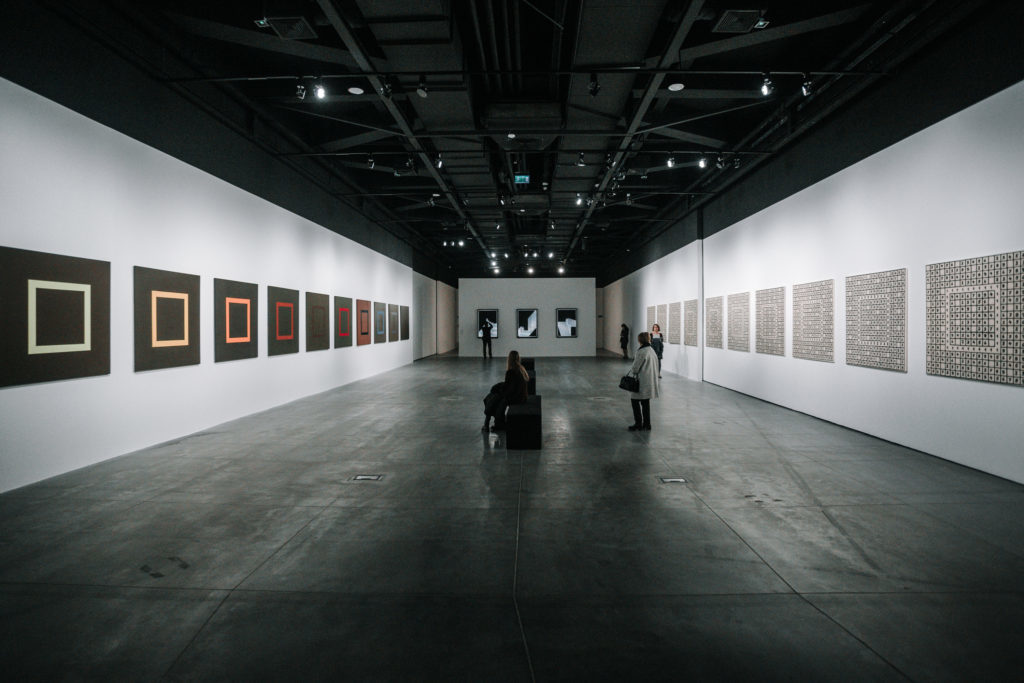
Exhibition view, Zbigniew Gostomski. Powroty/Returns, Cricoteka, 2017. (Photo credit: Studio FILMLOVE)
Cricot 2 decided in 1992 to cease its performances of Kantor’s work, in which the artist himself typically performed, shortly after his death. Cricoteka, however, was established not only as a means to preserve the Kantor’s work—through its archives and collections—but also as a means for it to find new life, and offer continual inspiration. The Centre’s building, which is open to the public six days per week year-round, also hosts a bookstore, café, and an outdoor leisure area.
Over the last four years, in addition to regular exhibitions of objects and recordings from Kantor’s work, Cricoteka has sponsored conferences, educational programs, performances, workshops, and more for all ages, regularly partnering with other Polish and international arts and culture initiatives. This March, a new exhibition has opened on Kantor’s work with Cricot 2 at the 1979 Palazzo delle Esposizioni in Rome.
The Centre has also featured work by contemporary theatre and visual artists in conversation with Kantor’s ideas. Recently, the Centre’s theatre is presenting performances of Death And Trauma (Tod i Trauma) by Włodzimierz Szturc, directed by Tomasz Kaczorowski. It also offered a visual art exhibition, Powroty/Returns by Zbigniew Gostomski, a contemporary artist and photographer who performed with Cricot 2.
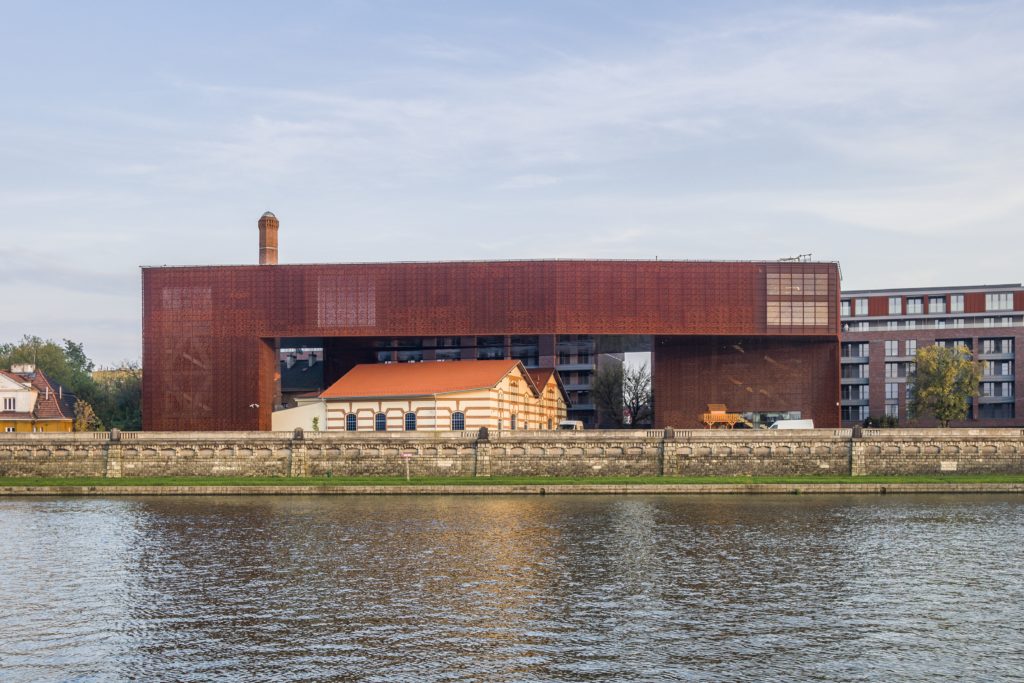
View of Cricoteka, the Centre for the Documentation of the Art of Tadeusz Kantor, Kraków. (Photo credit: Jakub Certowicz)
This post was written by the author in their personal capacity.The opinions expressed in this article are the author’s own and do not reflect the view of The Theatre Times, their staff or collaborators.
This post was written by Lauren Dubowski.
The views expressed here belong to the author and do not necessarily reflect our views and opinions.

